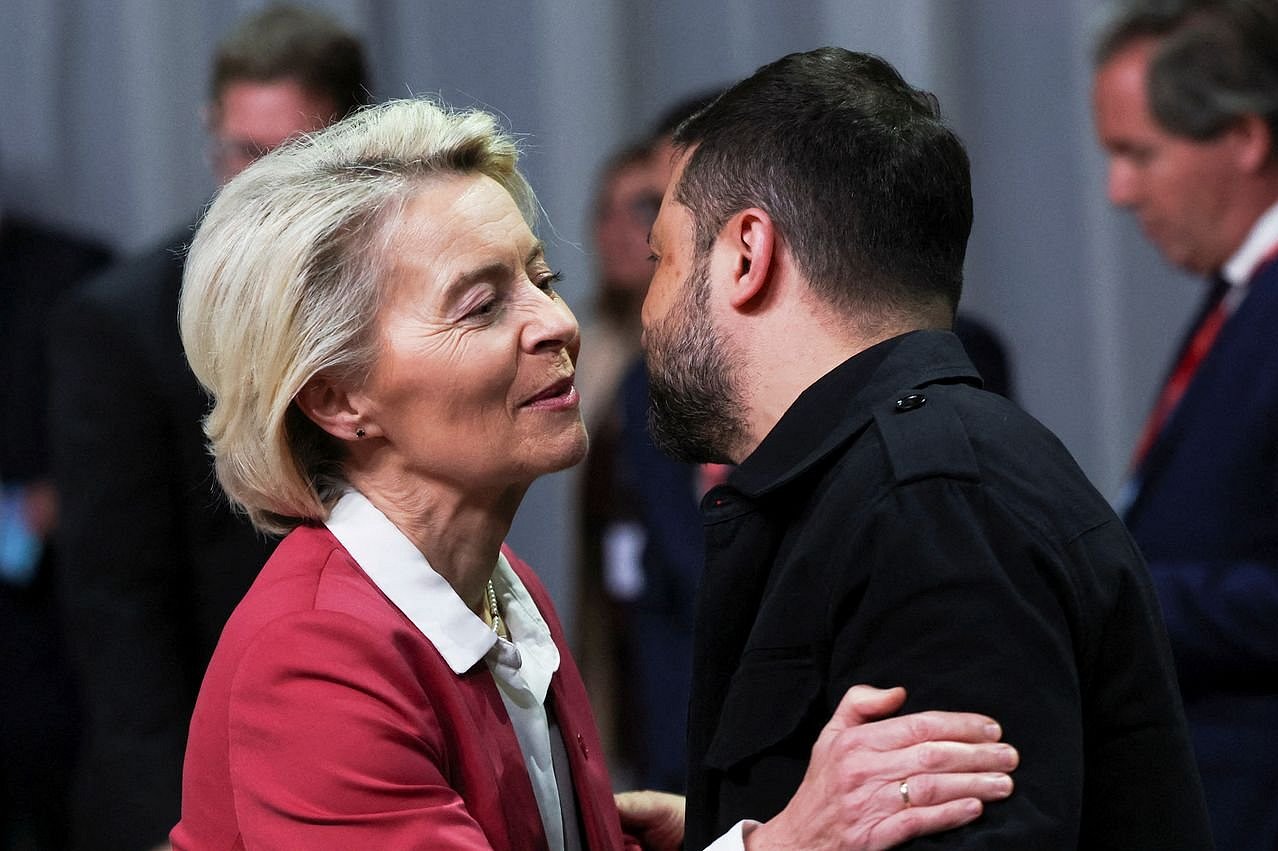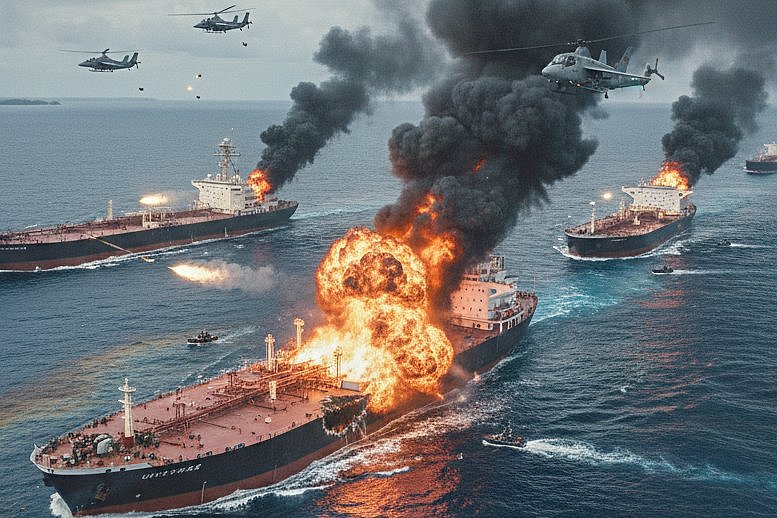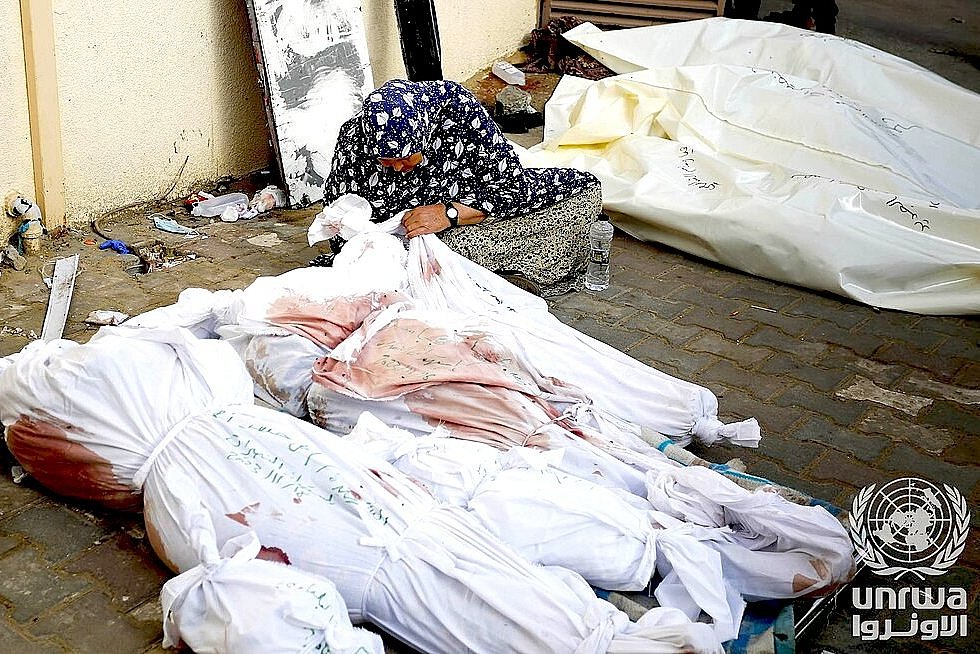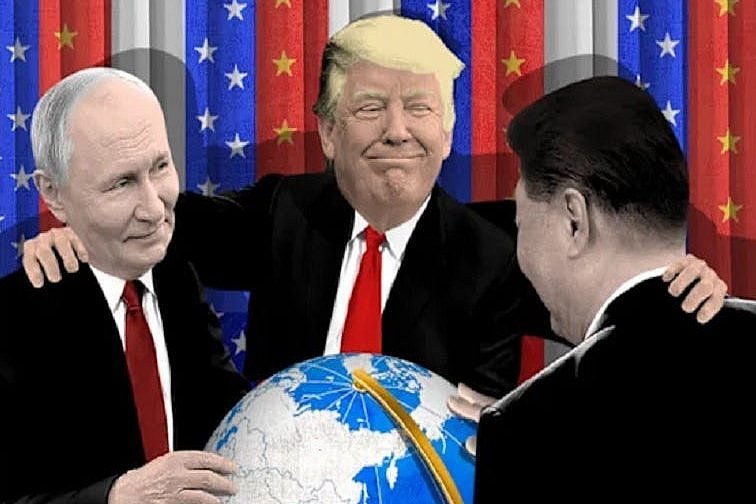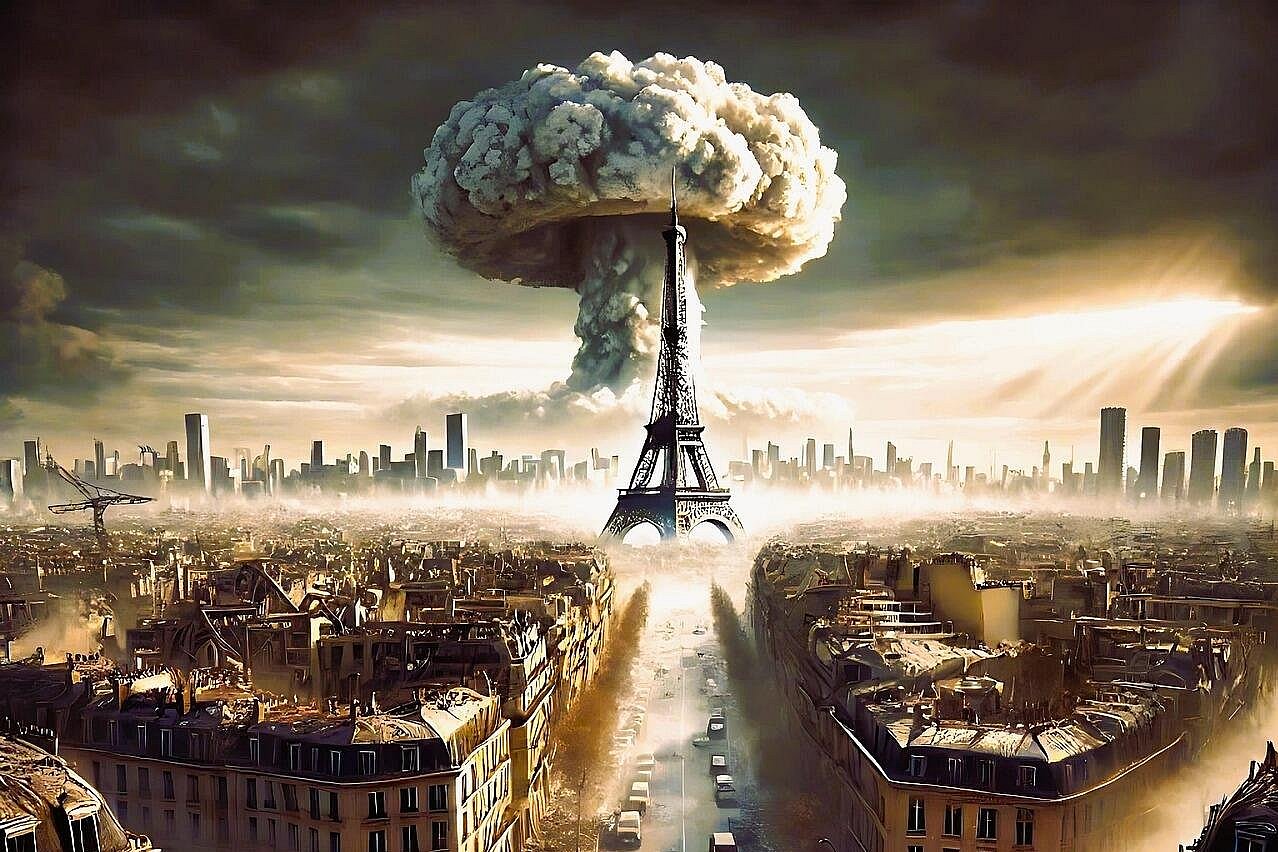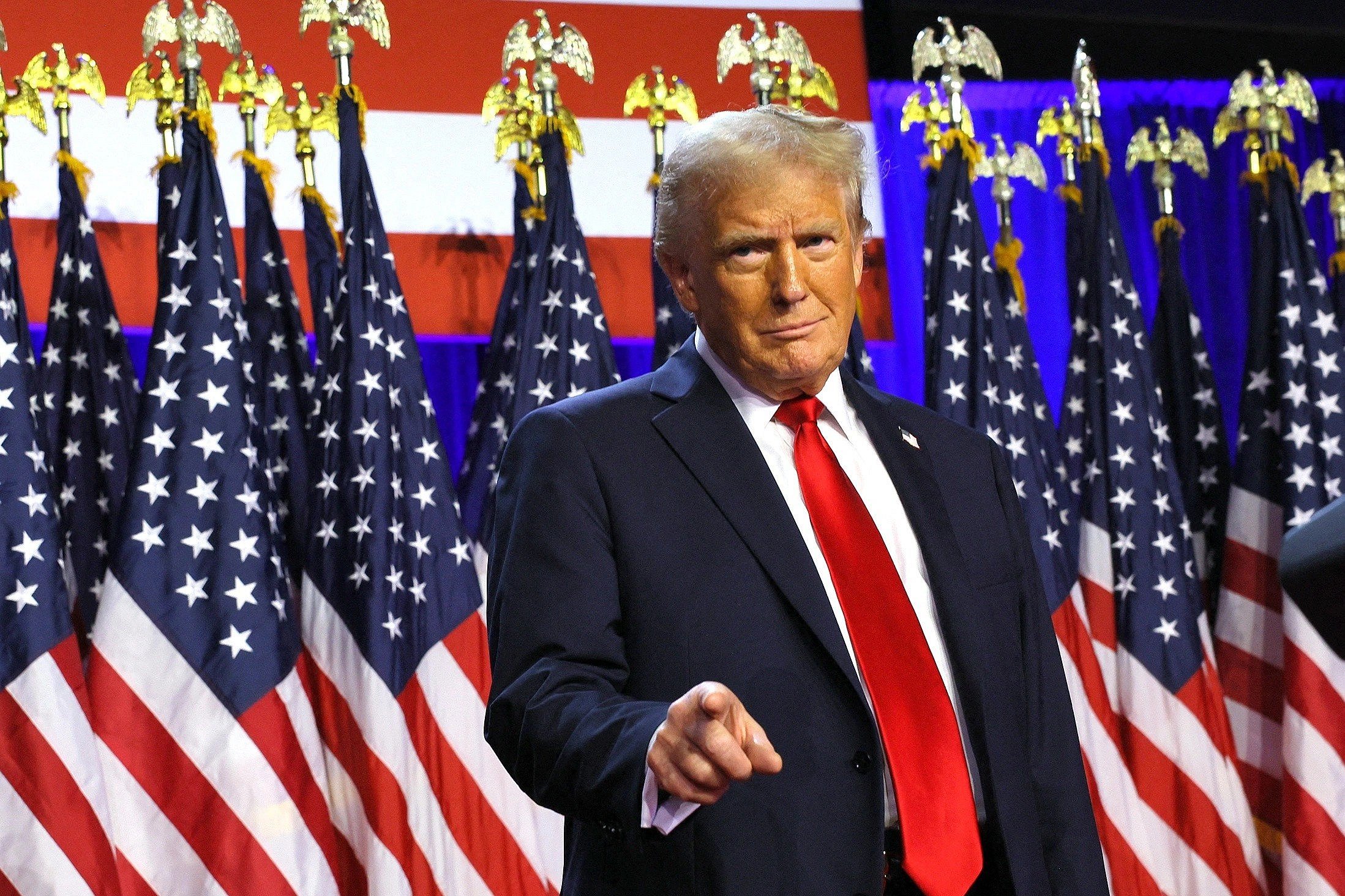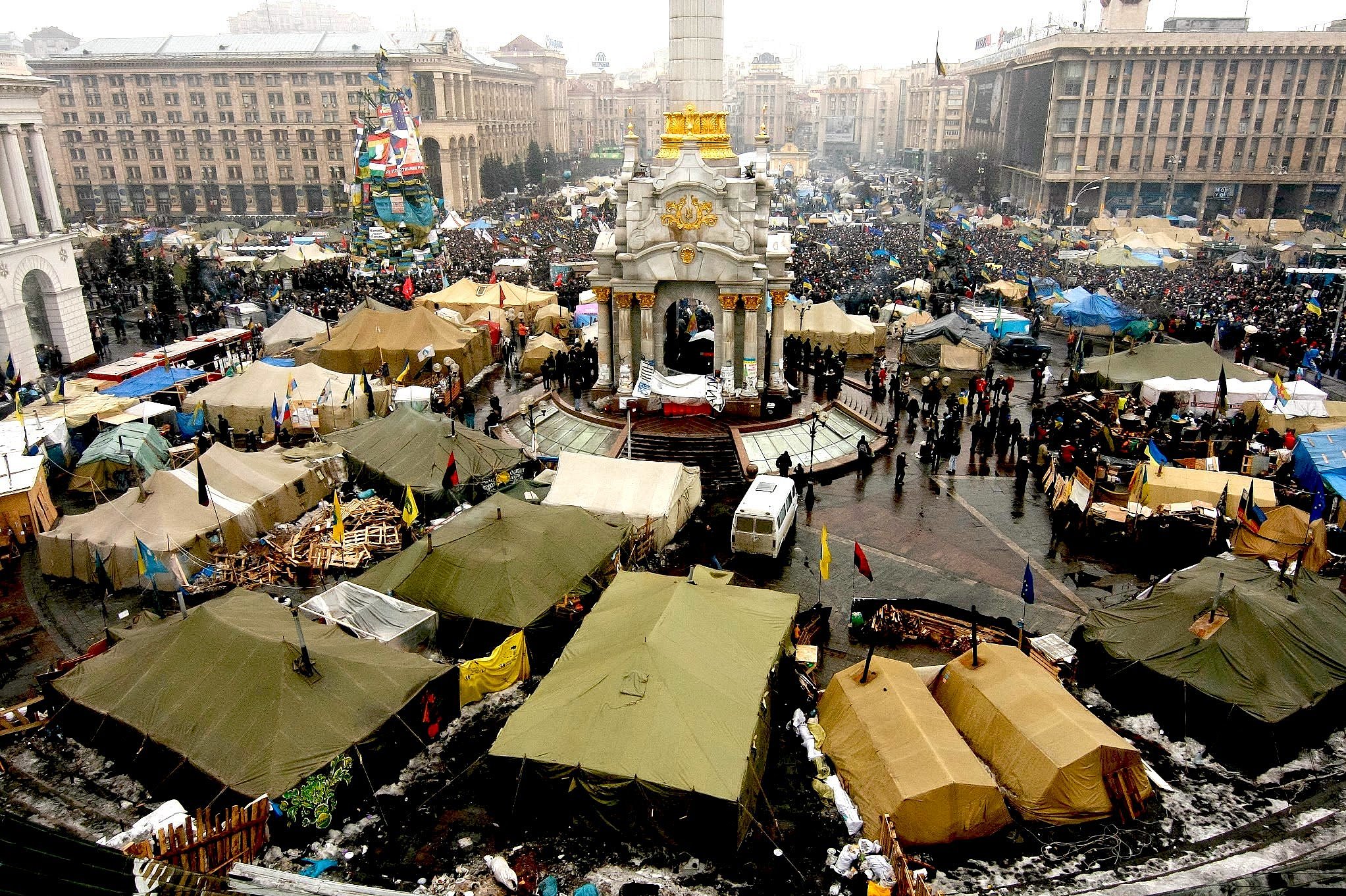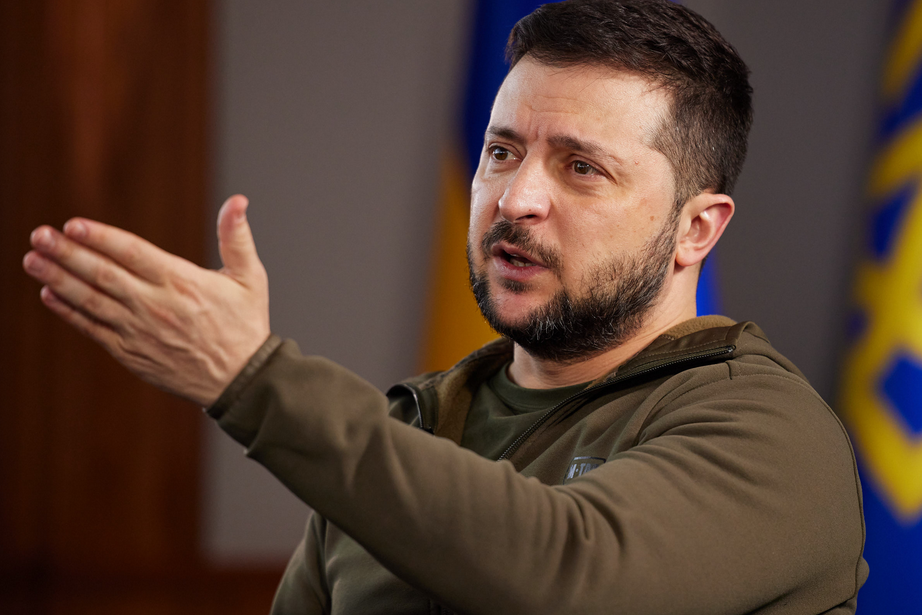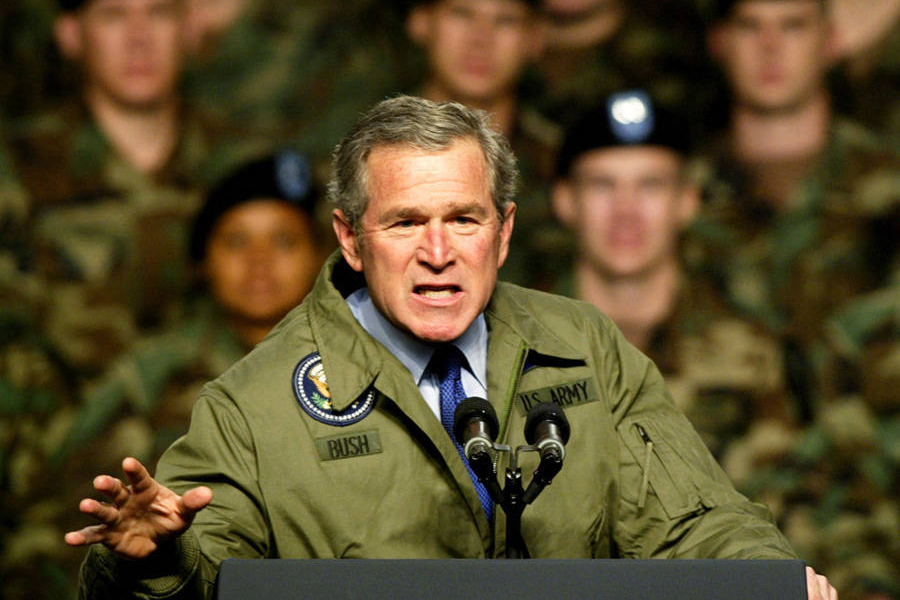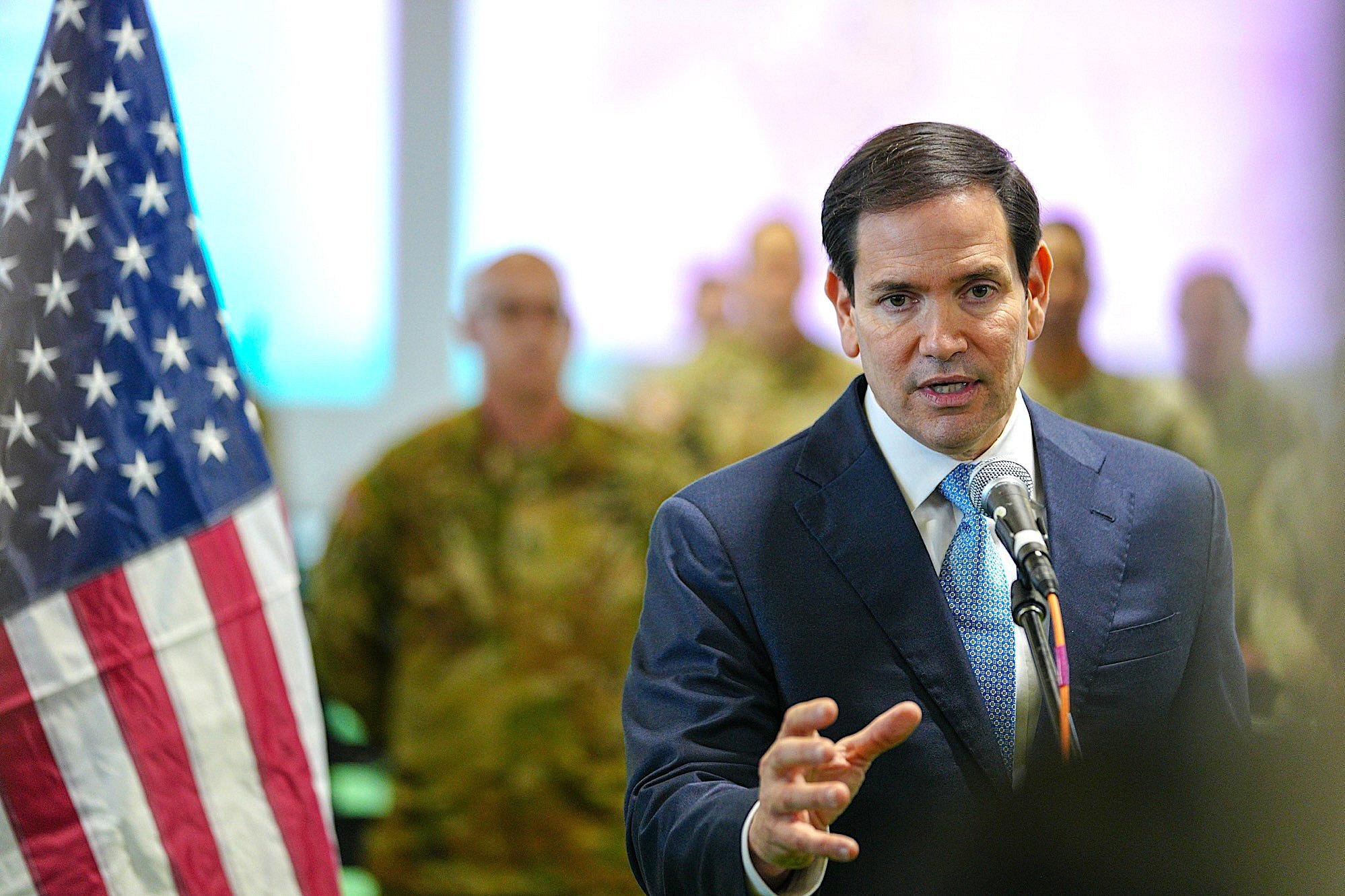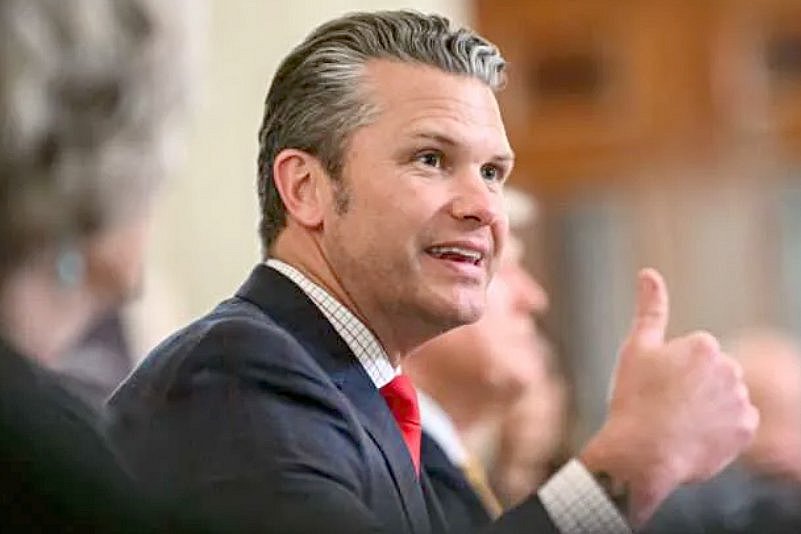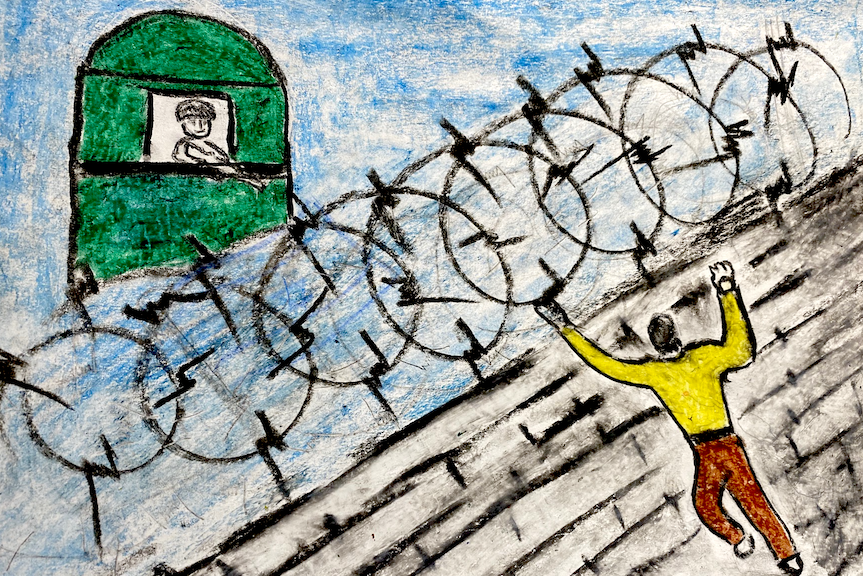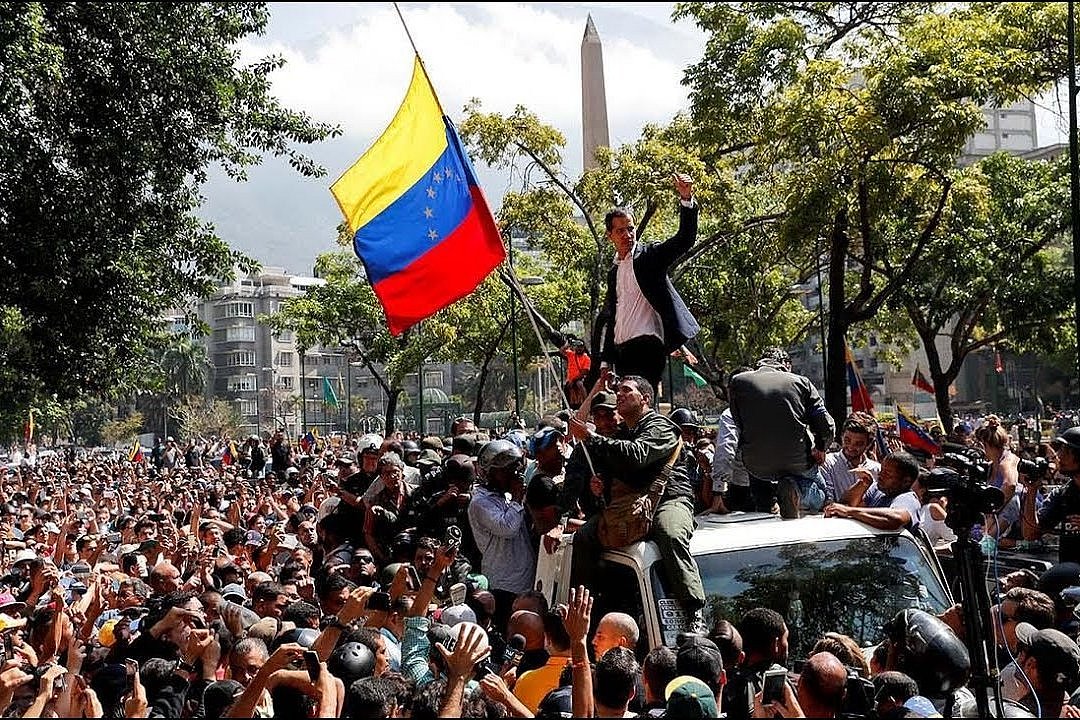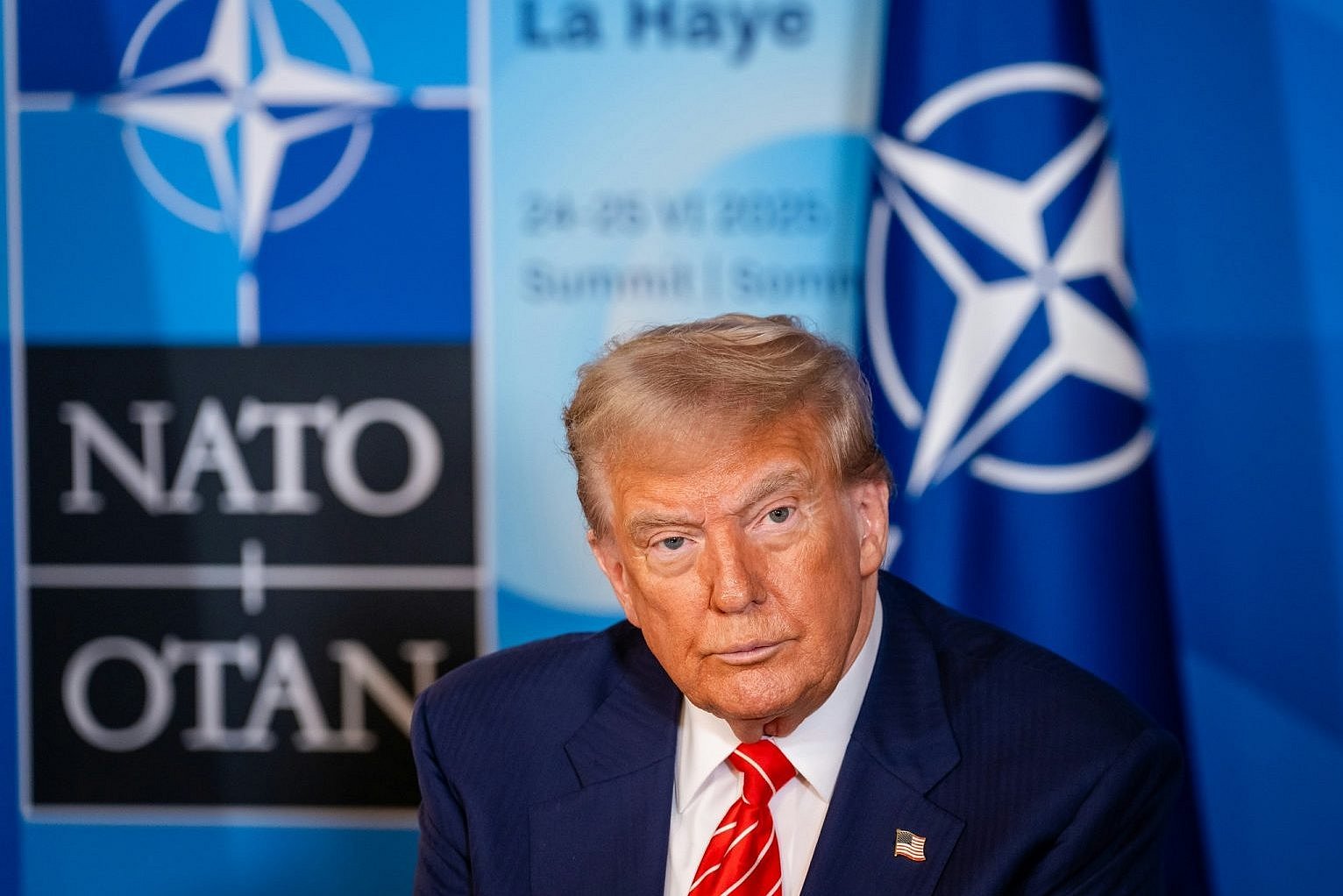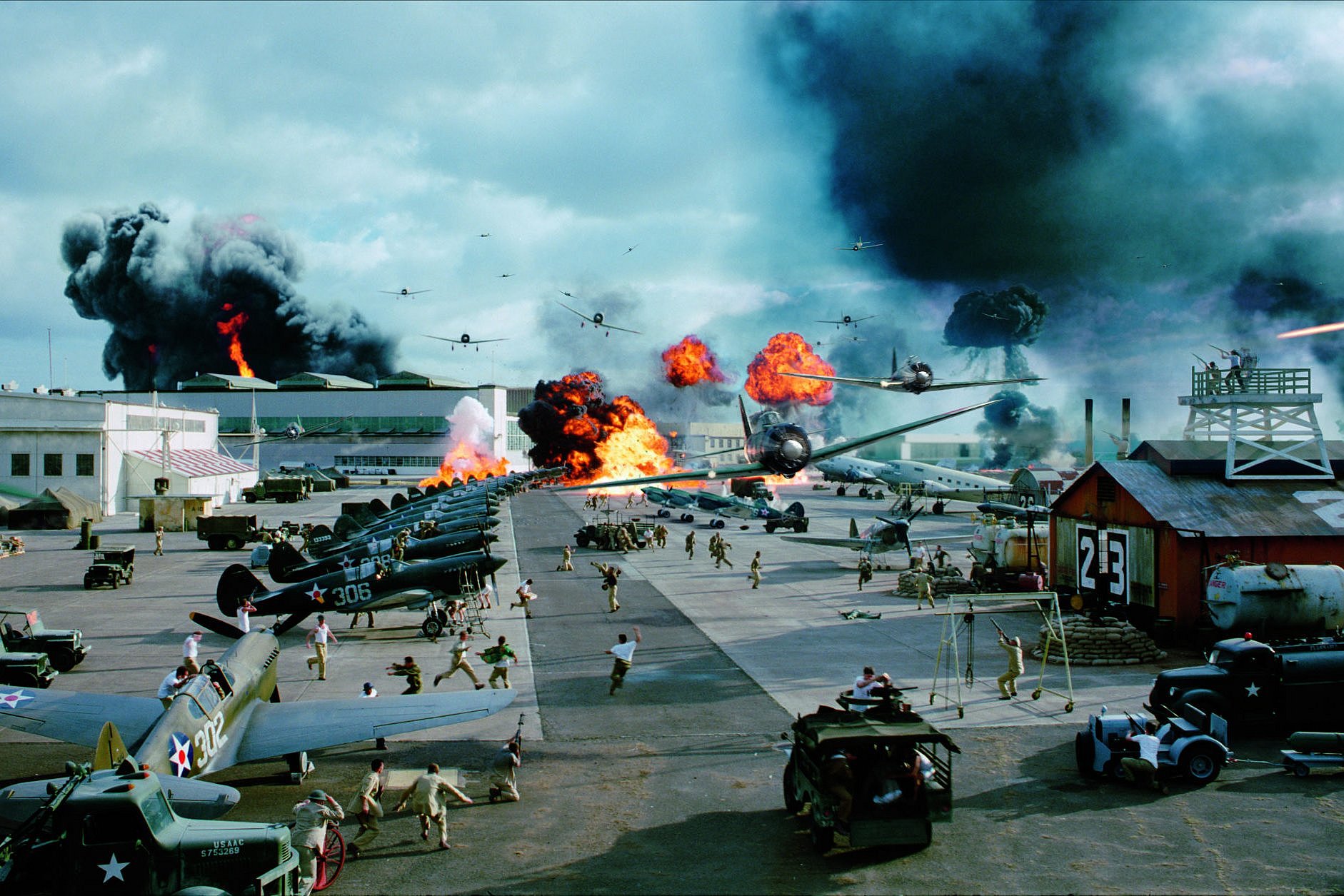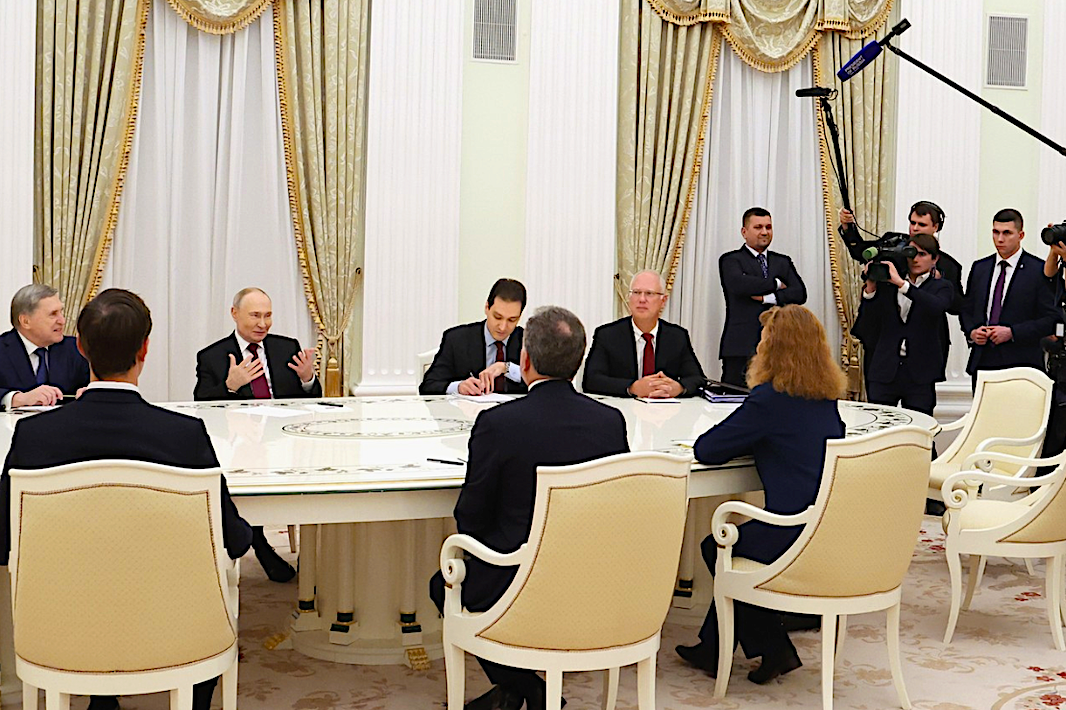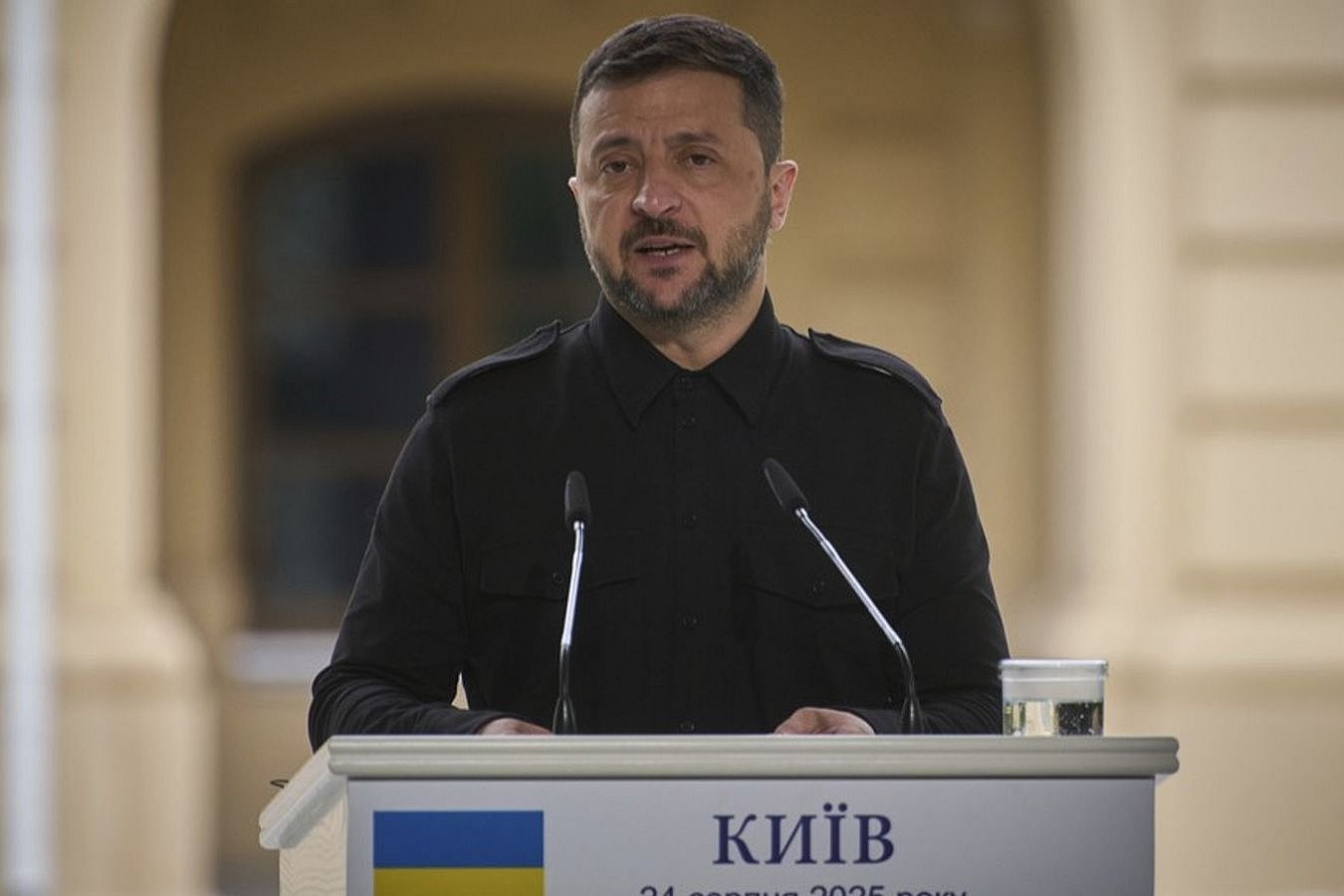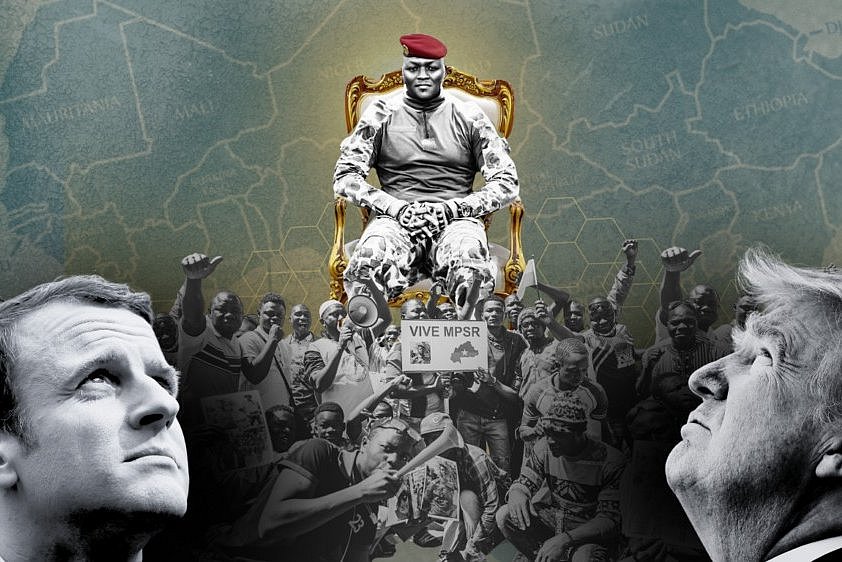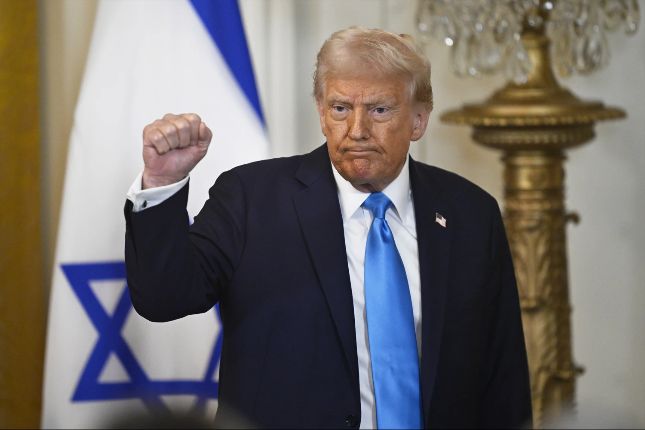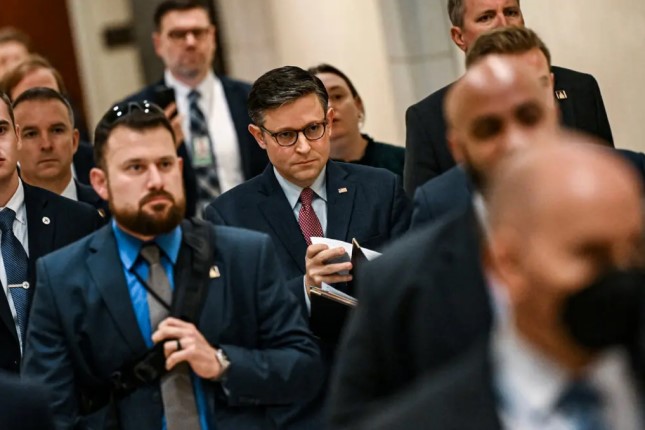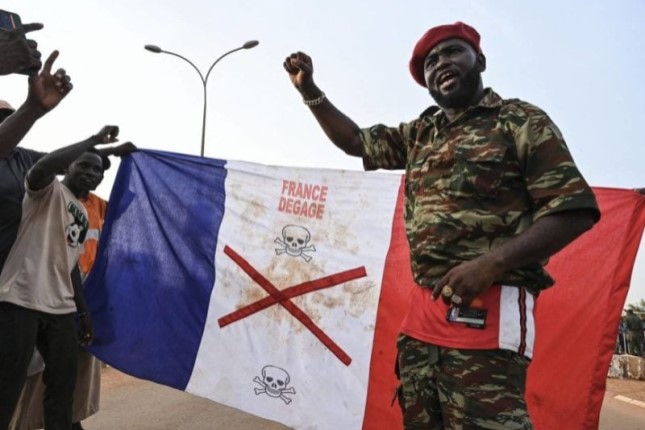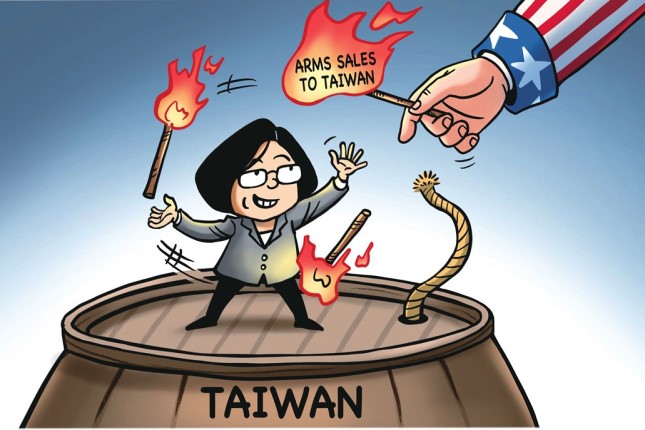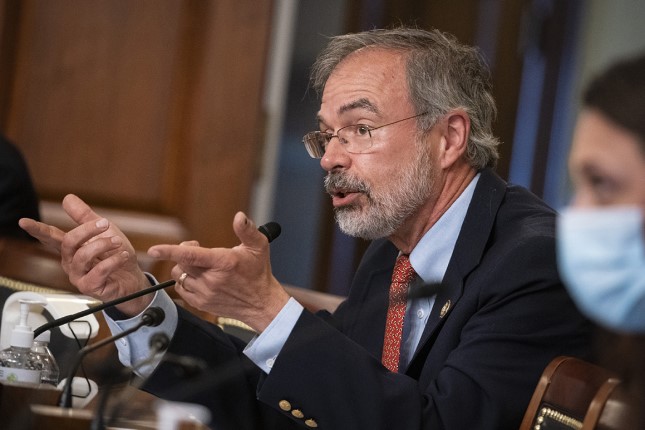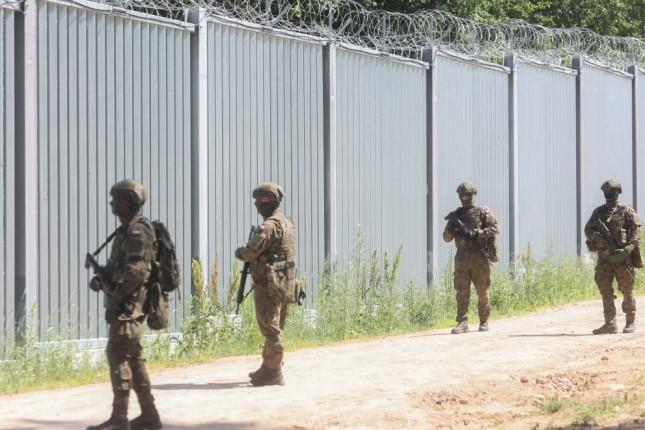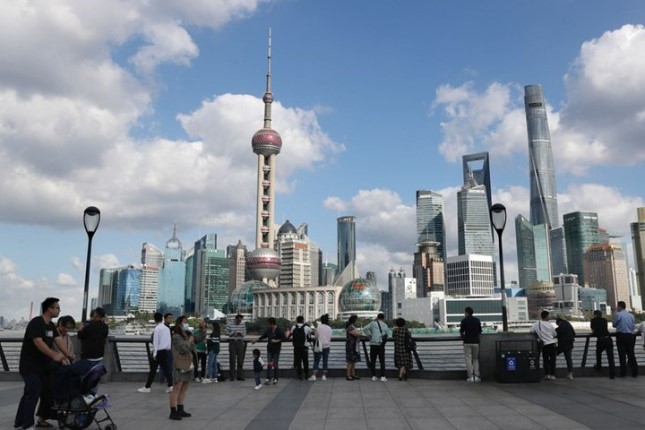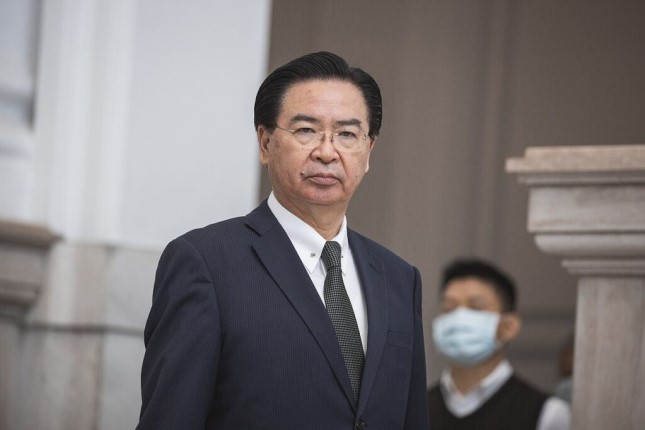The past two days mark a new high point in the European and transatlantic escalation of war against Russia. On Wednesday and Thursday, two high-level meetings were held in Copenhagen: first the informal gathering of EU heads of state and government, followed by the summit of the European Political Community (EPC) with more than 40 European states.
Both meetings made clear that the European powers are determined to escalate the war against Russia under all circumstances. At the center were the construction of a pan-European “drone wall” against Russia, the use of frozen Russian central bank assets to pay for weapons and ammunition, and even closer military coordination. The meetings were accompanied by Washington’s announcement that it would soon provide Ukraine with long-range Tomahawk cruise missiles—a decision that would mean direct confrontation between the US, NATO and Russia.
At the EPC meeting on Thursday, Ukrainian President Volodymyr Zelensky appeared in person and spread the central war propaganda: Russia threatens not only Ukraine, but all of Europe.
“If the Russians dare to use drones against Poland or violate the airspace of northern European countries, then it can happen anywhere,” Zelensky warned. In doing so, he echoed the statements of leading European politicians who had seized on the alleged overflight of Russian drones over Denmark and other countries as a pretext to massively expand Europe’s rearmament and preparations for war against Russia.
“Drones in Copenhagen underline how difficult the security situation is,” declared Finnish Prime Minister Petteri Orpo. Europe was engaged in a “hybrid war” with Russia. Latvian Prime Minister Evika Silina made similar comments: “The drones are no longer only flying over Ukraine. Suddenly they are even reaching Denmark.”
Lithuanian President Gitanas Nausėda warned of “significant gaps” in the detection and defense against drones and demanded massive investments in European air defense. Documents alone, Nausėda said, “do not defend. We need action.”
The host, Danish Prime Minister Mette Frederiksen, called for a radical acceleration of Europe’s militarization. “I would say that by 2030 we must be able to fully defend ourselves,” she declared. What is meant is the creation of an independent European military power capable of operating both against Russia and independently of the United States.
Frederiksen’s words summed up the agenda of the European governments: they are rearming the continent at breakneck speed. With the permanent stationing of NATO combat troops in Eastern Europe, the preparation of intervention forces in Ukraine, the planned “drone wall” along the eastern flank and the demand to shoot down Russian jets if they violate European airspace, the continent is being step by step driven into a state of war.
Already on Wednesday, the EU heads of state and government reaffirmed the plan for a pan-European “drone wall.” In view of the massive use of drones in the Ukraine war, a common defense line along NATO’s eastern flank is to be built.
Germany is pushing this development particularly aggressively. Inspector General Carsten Breuer announced a few days before the summit that the Bundeswehr would make so-called loitering munitions—kamikaze drones—operational by the end of 2025. “In the end it will have to come down to drones being used against drones,” he said.
The new Inspector of the German Army, Christian Freuding—notorious for his ties to Ukrainian neo-Nazis—also announced an escalation of the drone and air war. “We will once again have an army air defense force,” he declared in his first daily order. Time was of the essence, since “the enemy will not wait for our ‘ready’ message.”
The rhetoric alone underscores that Berlin and Brussels are not concerned with “defense,” but with the active preparation of a full-scale war against the “enemy” Russia. The Kremlin’s reactionary invasion of Ukraine does not change the fact that the NATO powers systematically provoked the conflict. And now their longstanding policy of militarily encircling Russia and supporting Kiev’s war is turning into open war intervention and imperialist plunder.
Another central topic of the summit was the planned use of frozen Russian central bank assets. German Chancellor Friedrich Merz had already called in a Financial Times op-ed a few days earlier for these funds to be used to finance Ukraine. “We must systematically and massively increase the costs of Russia’s aggression,” he wrote.
The EU is thereby carrying out an unprecedented breach of international financial law. Russian reserves worth more than €270 billion were frozen after the start of the war. To now misappropriate them for arms deliveries to Ukraine would not only be a massive escalation against Moscow, but also a signal to all states worldwide: property and reserves are not safe if they conflict with the interests of the imperialist powers.
“We are talking here about plans to illegally confiscate Russian property. In Russian we simply call that theft,” declared Kremlin spokesman Dmitry Peskov, threatening consequences.
But this will not stop the European governments. They will use the stolen money to further arm Ukraine to the teeth with tanks, missiles and drones. A current proposal envisages a €140 billion program for weapons and ammunition, partly financed from these funds. “There is a very broad consensus in the European Union to go down this path. Putin should not underestimate our determination,” Merz declared. He expected a decision at the next EU summit in three weeks.
Parallel to the European summits, Washington announced a step that dramatically increases the danger of war: the US will supply Ukraine with Tomahawk cruise missiles. These weapons have a range of up to 2,500 kilometers—enough to strike Moscow or other Russian cities.
Delivering such systems would require direct involvement of US soldiers, as their operation is highly complex. This would cross the line between “indirect support” and direct warfare.
Russia has already made it unmistakably clear: should Ukraine use such weapons to attack Russian territory, Moscow will target military sites in NATO countries. The danger of direct military confrontation and even a devastating nuclear exchange thus increases enormously.
Even now, the imperialist powers are taking military action against Russian ships. French President Emmanuel Macron announced in Copenhagen a coordinated campaign against the so-called Russian “shadow fleet”—tankers transporting Russian oil worldwide despite sanctions.
Last weekend, the French navy had already detained an oil tanker off its own coast. Two crew members have now been arrested. “This illustrates exactly this policy,” Macron declared. In the coming days, the chiefs of staff of the “coalition of the willing” are to meet to coordinate further measures against the Russian fleet.
Above all, German imperialism is placing itself at the head of the war offensive against Russia, using the escalation to reassert its historic role as Europe’s leading military power. How martial its appearance has become was demonstrated by the presence of the German navy in Copenhagen. The frigate Hamburg, equipped with anti-aircraft systems and reconnaissance technology, secured the summit.
With its current rearmament drive and great-power ambitions, Berlin is directly linking back to the war aims of German imperialism in the First and Second World Wars: domination of Eastern Europe, control over Ukraine, and ultimately the subjugation of Russia.
According to government plans, more than €80 billion in arms spending is planned for the next 15 months alone. The list comprises 154 major projects: new armored vehicles, combat drones, air defense systems, warships and submarines.
Even more gigantic are the medium-term rearmament plans: more than €350 billion are earmarked for armaments over the next 15 years. Taken together, the war credits passed in the Bundesrat with the votes of the Greens and the Left Party amount to over one trillion euros.
The return of Germany and Europe to unrestrained militarism is not merely a megalomaniacal and insane policy—it has deep objective causes. It is an expression of the historic crisis of world capitalism.
On the one hand, geopolitical conflicts are escalating: the US is preparing for confrontation with China, consolidating its dominance in the Middle East, and pushing the European powers to bear the main burden of the war against Russia. On the other hand, both European and US capitalism are mired in deep social and political crisis.
As in the 1930s, with the transfer of power to Hitler and the Nazis, the ruling class on both sides of the Atlantic is responding not with reforms, but with war, rearmament and fascism. In the US, fascist President Donald Trump is mobilizing the military against the growing opposition of the population, while in Germany figures such as Defense Minister Boris Pistorius (SPD) openly speak of the need to make society “fit for war.”
But the very contradictions that are again conjuring up the evils of dictatorship, fascism and world war also create the objective basis to overcome them once and for all through social revolution.
The gigantic sums for rearmament and war are accompanied by brutal cuts in the social sphere, with attacks on wages, pensions and public services. The Copenhagen summits coincided with new protests and strikes in several European countries. On Wednesday, a general strike took place in Greece, and on Thursday hundreds of thousands protested in France against Macron’s austerity and rearmament plans. This is only a foretaste of the coming social explosion.
This opposition must break through the control of the pro-capitalist union apparatuses and be developed politically. To defend their social and democratic rights, workers need their own fighting organizations—independent action committees—and a clear international socialist perspective that links the struggle against war with the struggle against its root cause—capitalism. This is the program fought for by the Socialist Equality Parties and the International Committee of the Fourth International.
Source: World Socialist Web Site.
